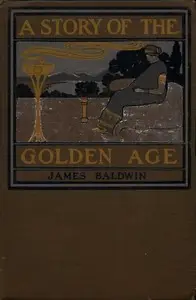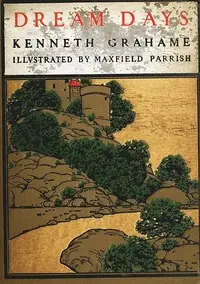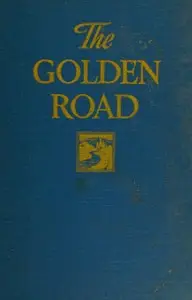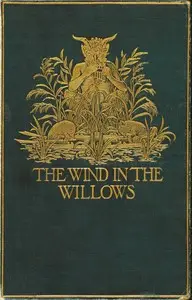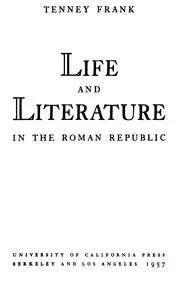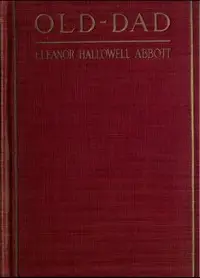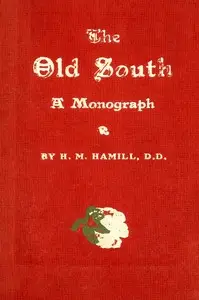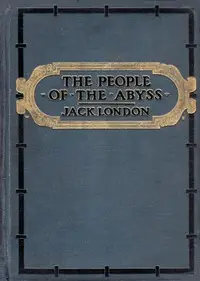"The Golden Age" by Kenneth Grahame is a story set in the late 1800s that explores the delightful realm of children. It highlights their energetic imaginations and fun adventures as the young heroes explore their beautiful environment and play make-believe games. The tale touches on being innocent as a child, the divide between grown-ups not caring and kids being curious, and fondly remembering easier times. As the story begins, it reflects back on childhood with a sense of longing and shows how adults, called "Olympians" by the storyteller, don't really pay attention. The writer uses a lighthearted style to show a group of kids who see the world as a magical place, turning everyday things in nature into chances for excitement. We meet important characters like Harold and Charlotte early on, watching them create imaginative games and talk about their thoughts, which shows how creative they are and how free they feel during their vacation. The way the story is told focuses on how the kids understand the grown-up world, interestingly mixing innocence with a developing grasp of how complicated life can be.
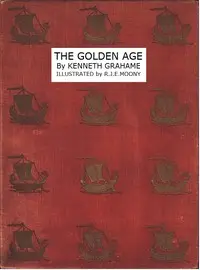
The Golden Age
By Kenneth Grahame
In a world where imagination reigns, a group of children embark on playful escapades, finding magic in the ordinary while navigating the indifferent realm of adults.
Summary
About the AuthorKenneth Grahame was a British writer. He is best remembered for the classic of children's literature The Wind in the Willows (1908). Scottish by birth, he spent most of his childhood with his grandmother in England, following the death of his mother and his father's inability to look after the children. After attending St Edward's School in Oxford, his ambition to attend university was thwarted and he joined the Bank of England, where he had a successful career. Before writing The Wind in the Willows, he published three other books: Pagan Papers (1893), The Golden Age (1895), and Dream Days (1898).
Kenneth Grahame was a British writer. He is best remembered for the classic of children's literature The Wind in the Willows (1908). Scottish by birth, he spent most of his childhood with his grandmother in England, following the death of his mother and his father's inability to look after the children. After attending St Edward's School in Oxford, his ambition to attend university was thwarted and he joined the Bank of England, where he had a successful career. Before writing The Wind in the Willows, he published three other books: Pagan Papers (1893), The Golden Age (1895), and Dream Days (1898).



